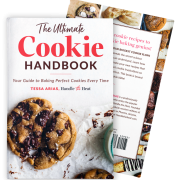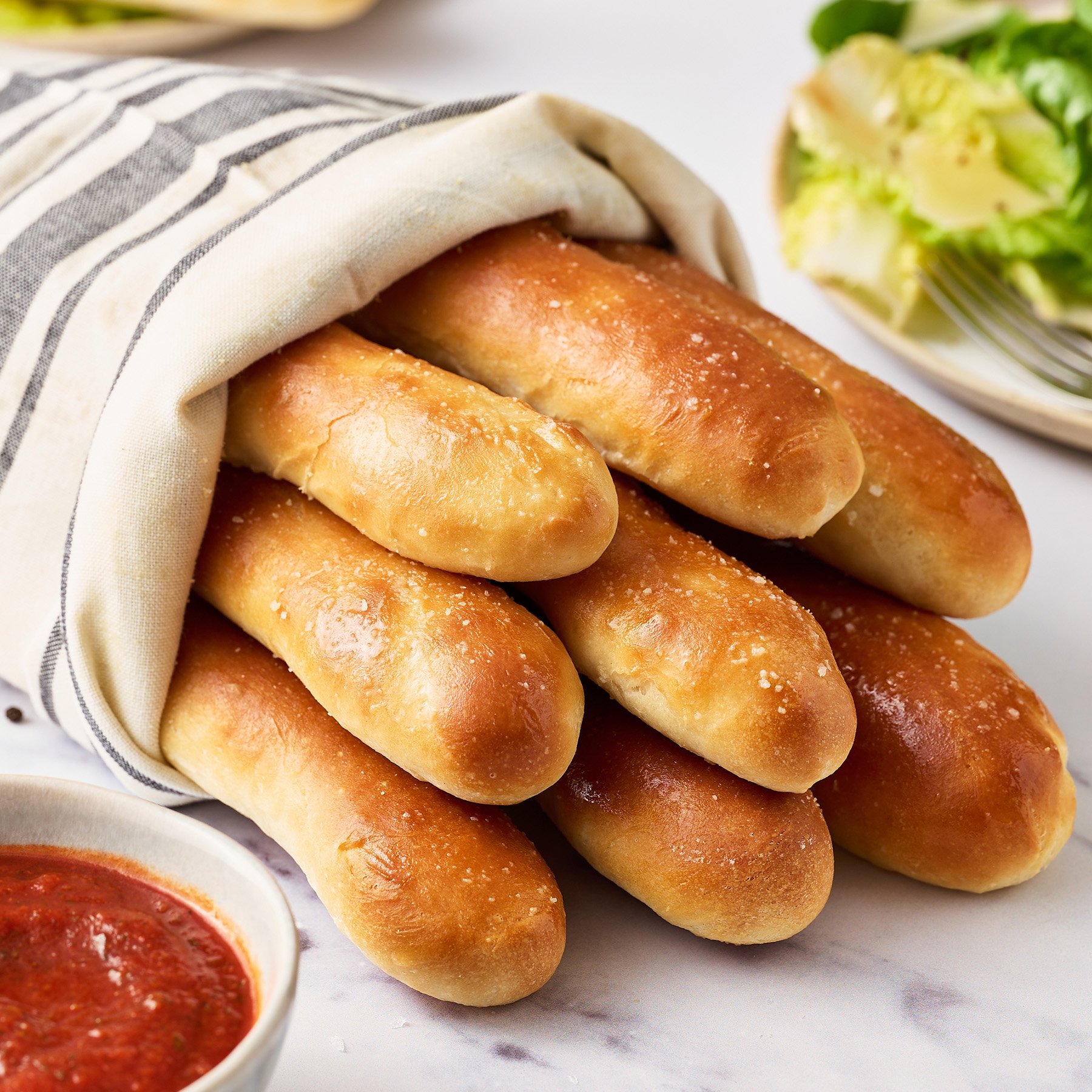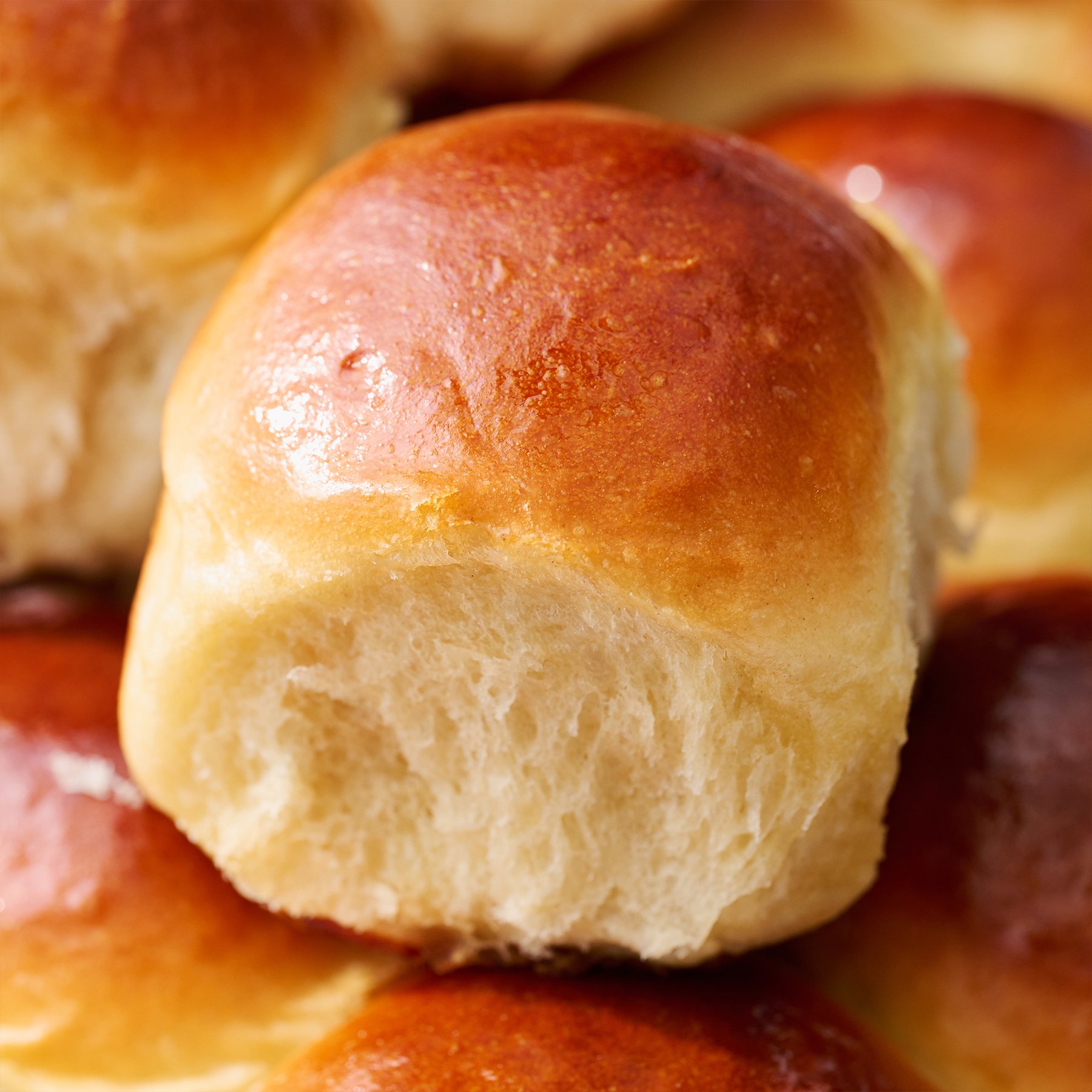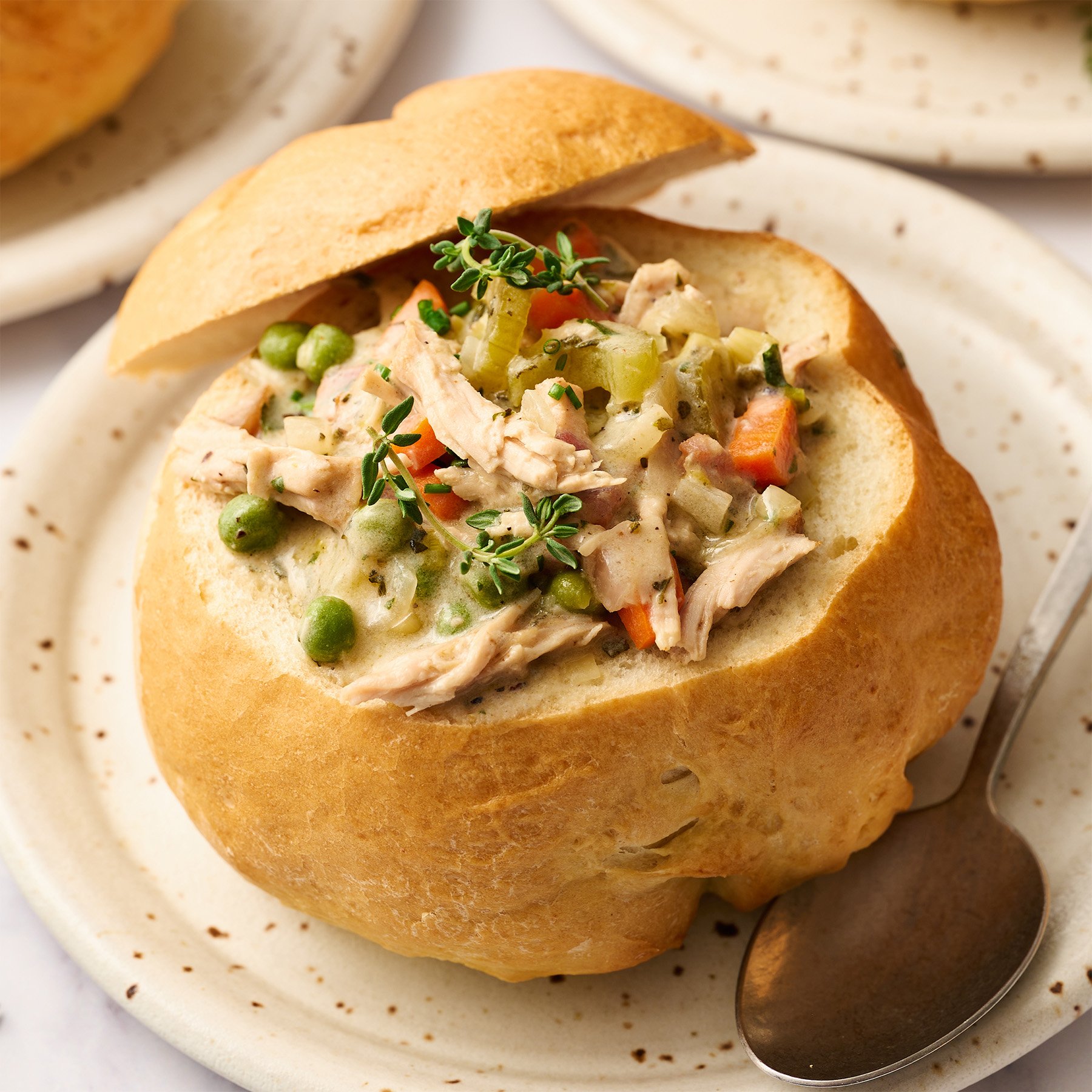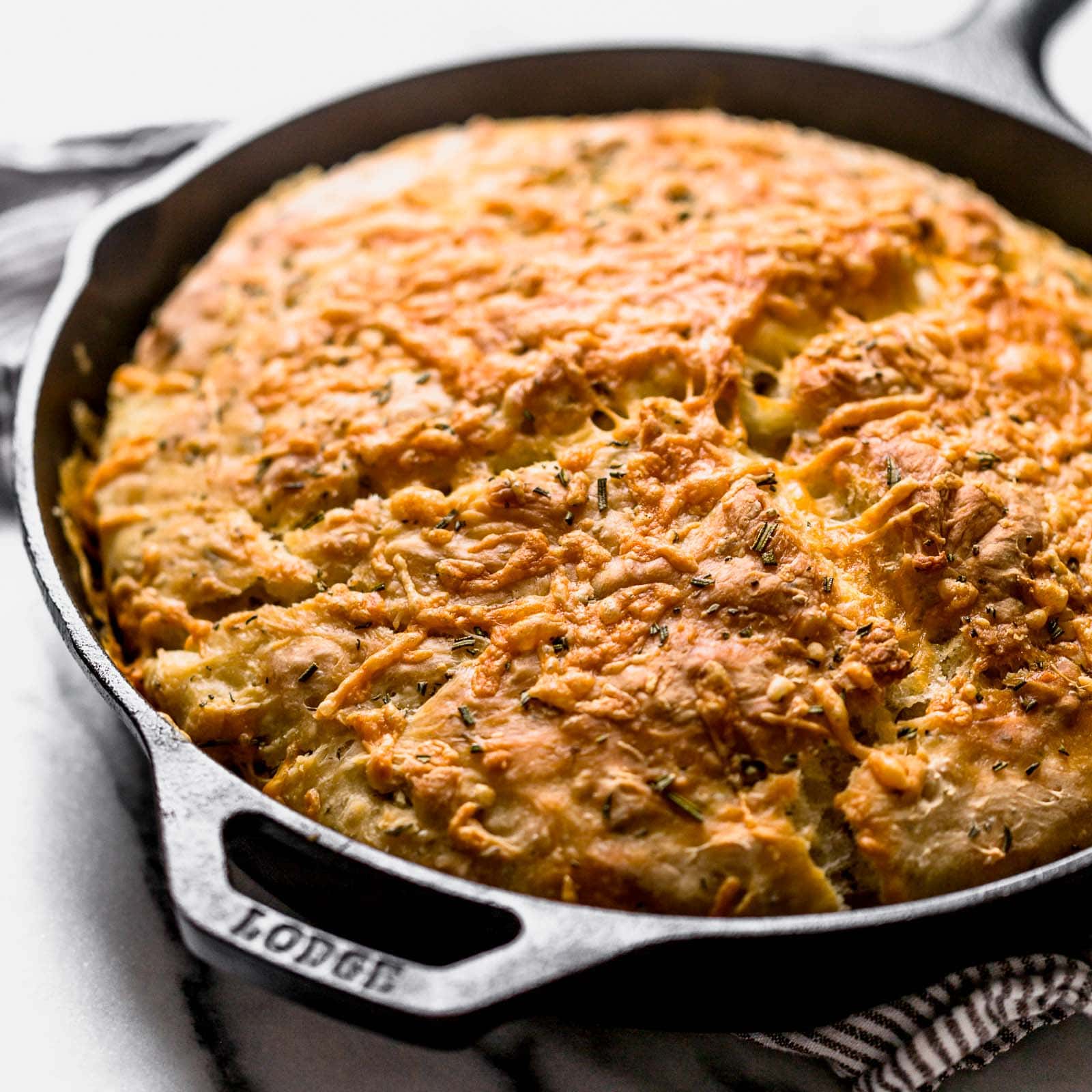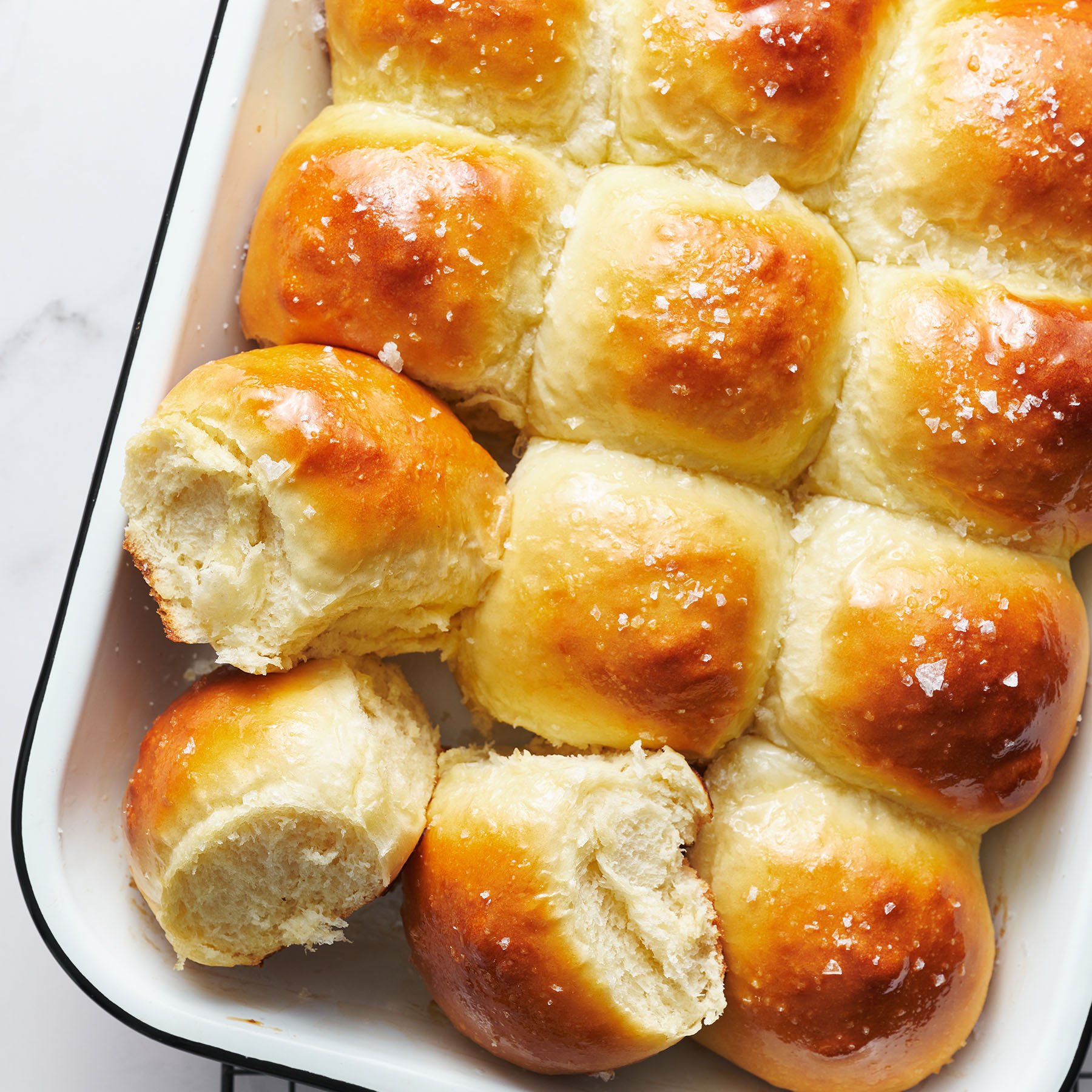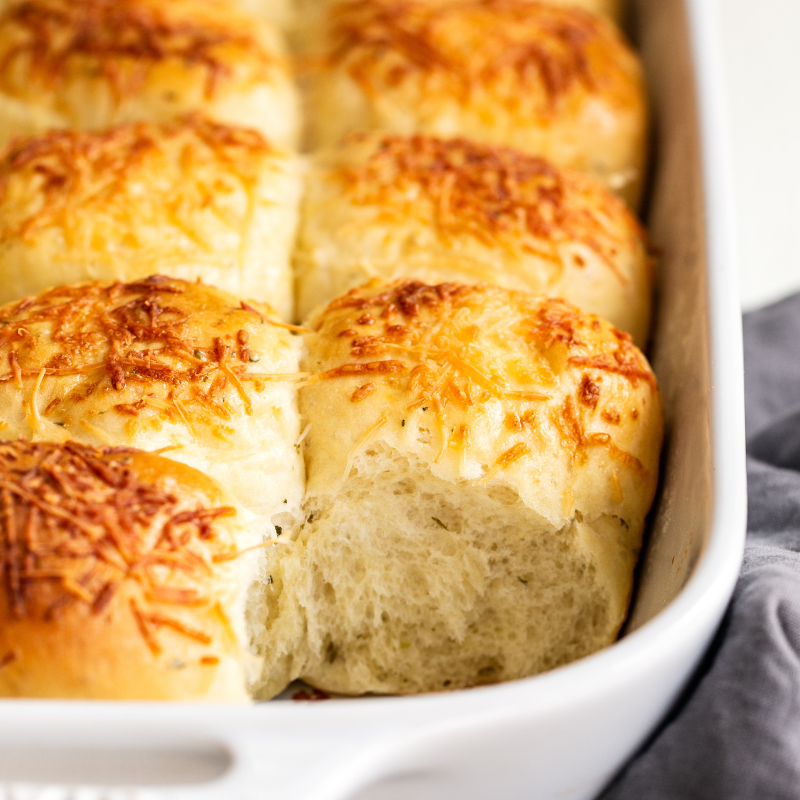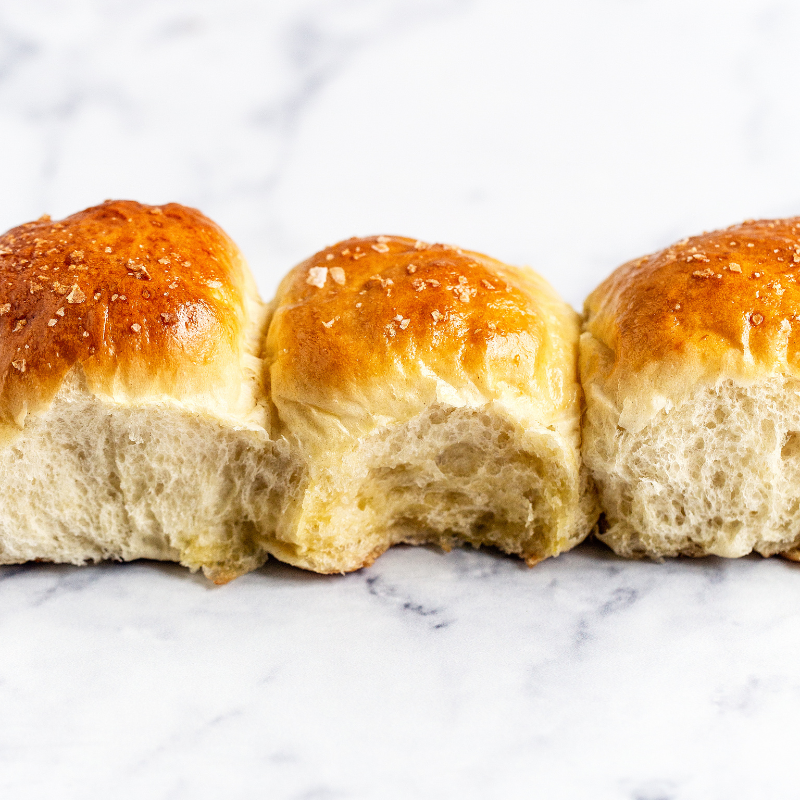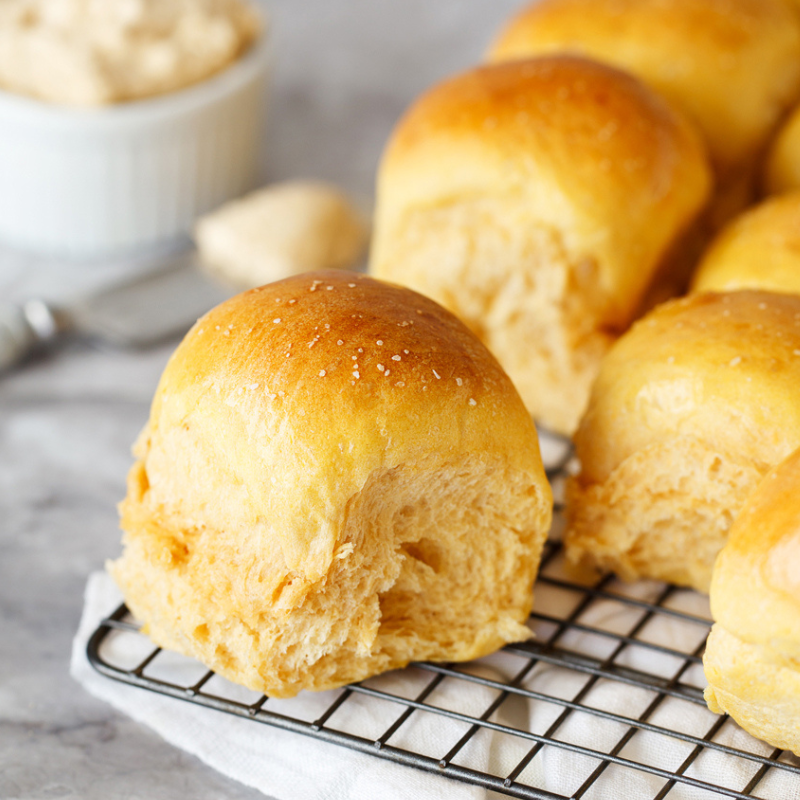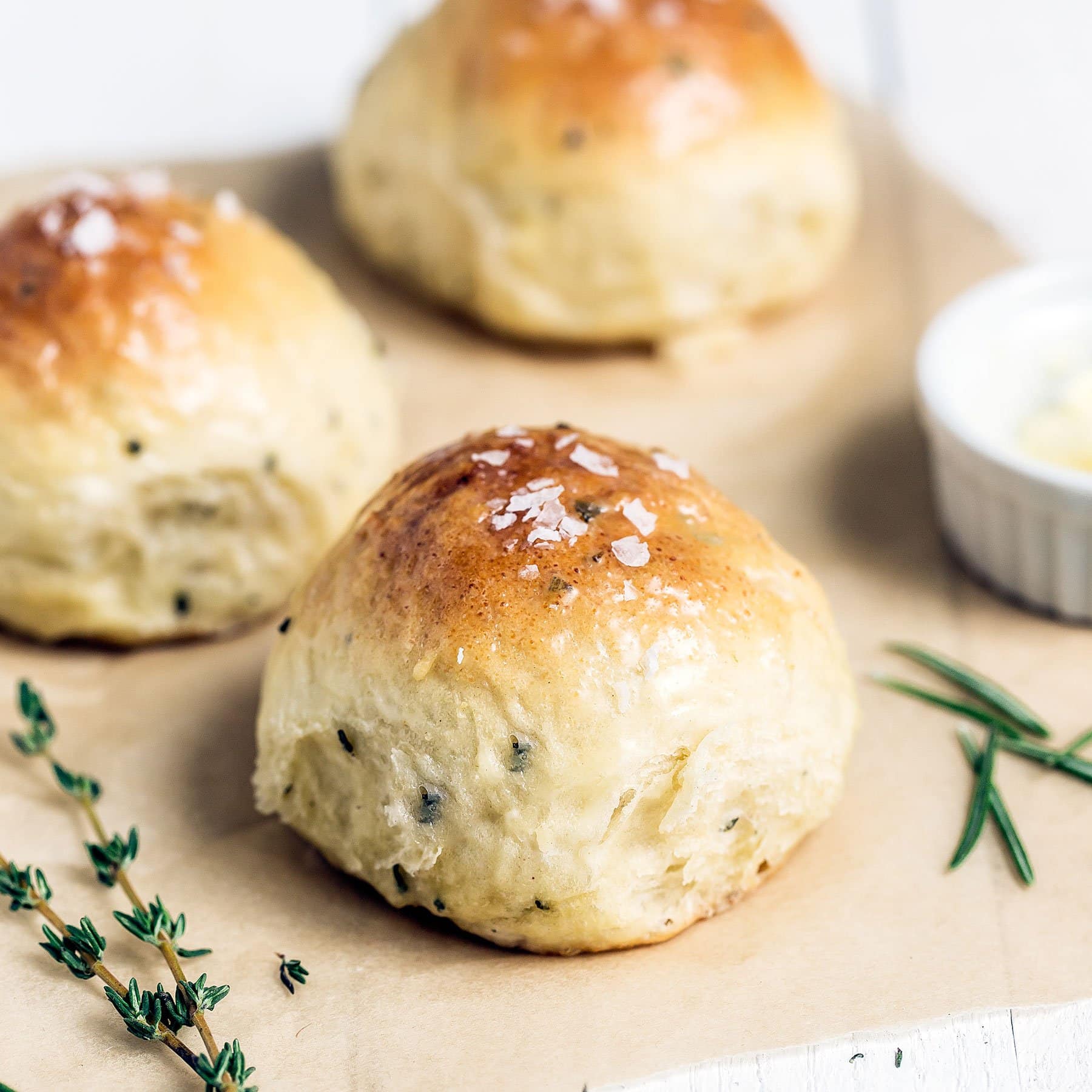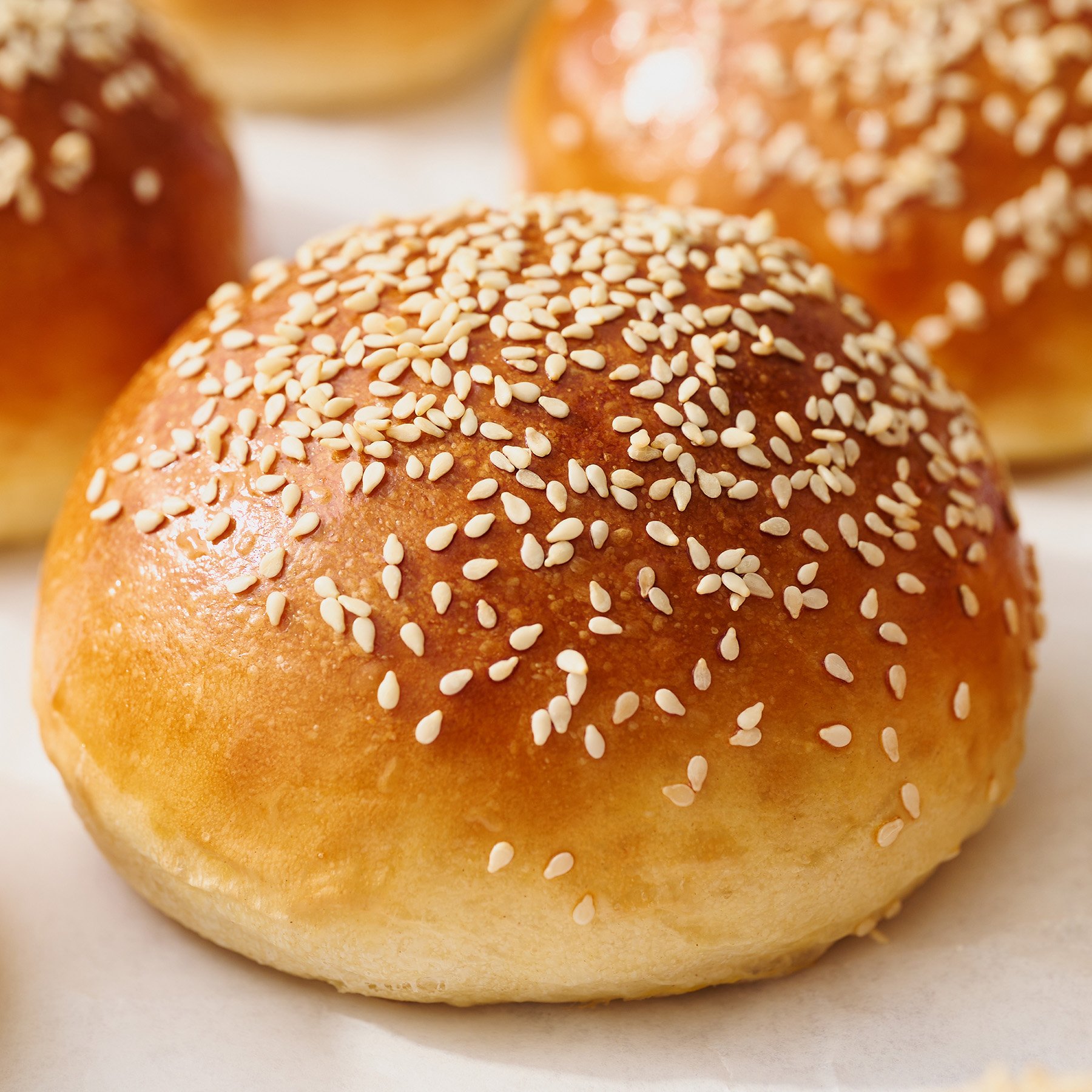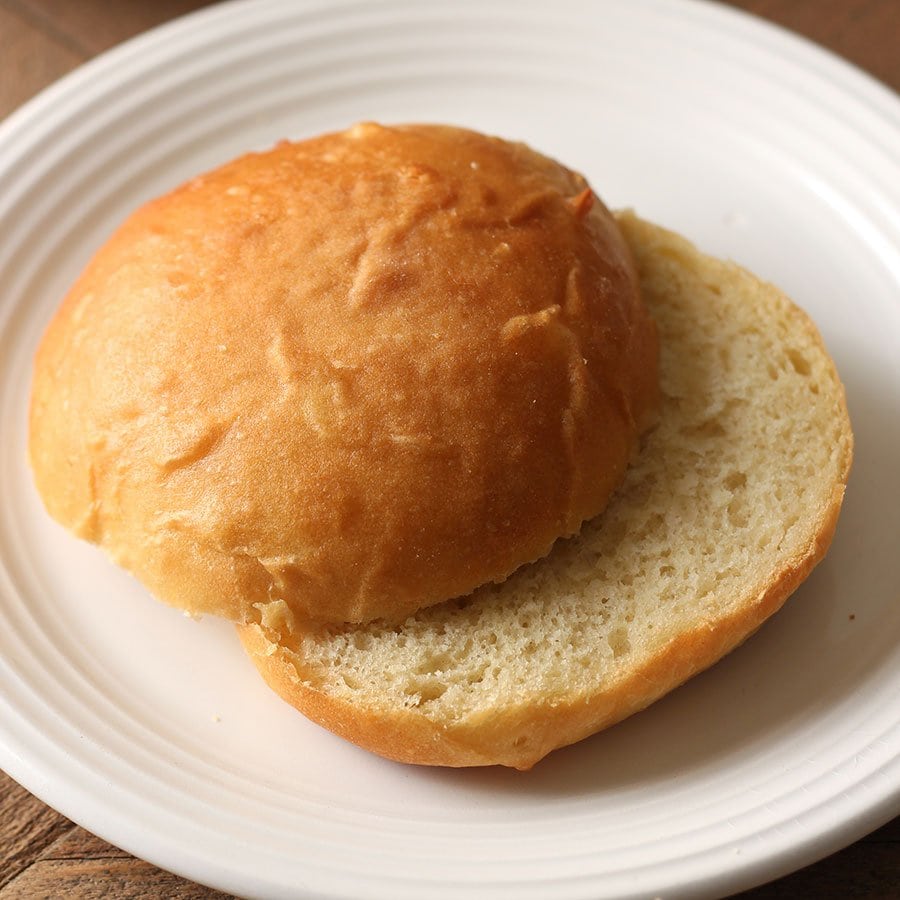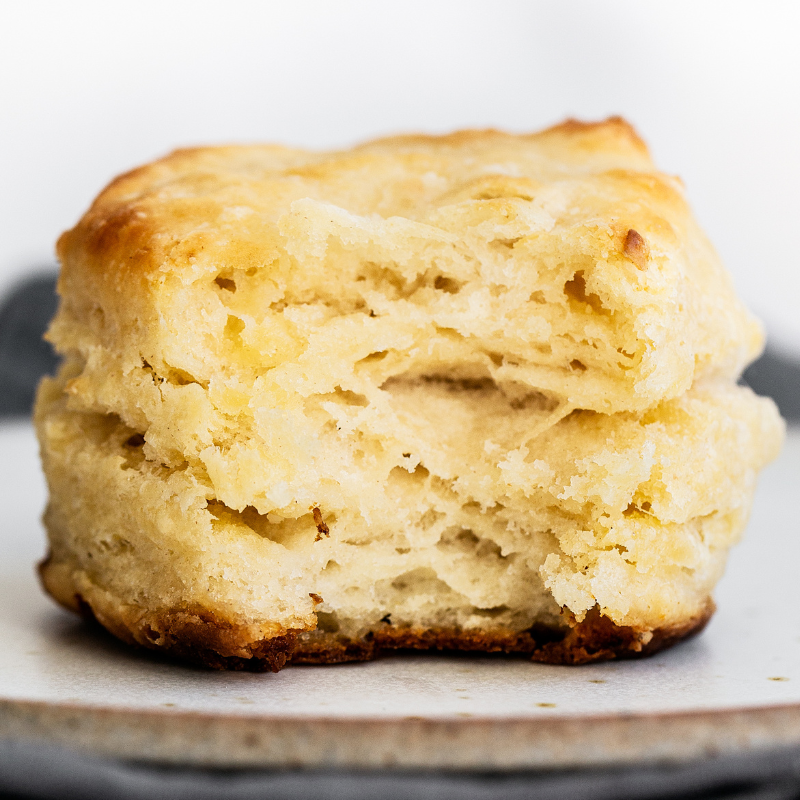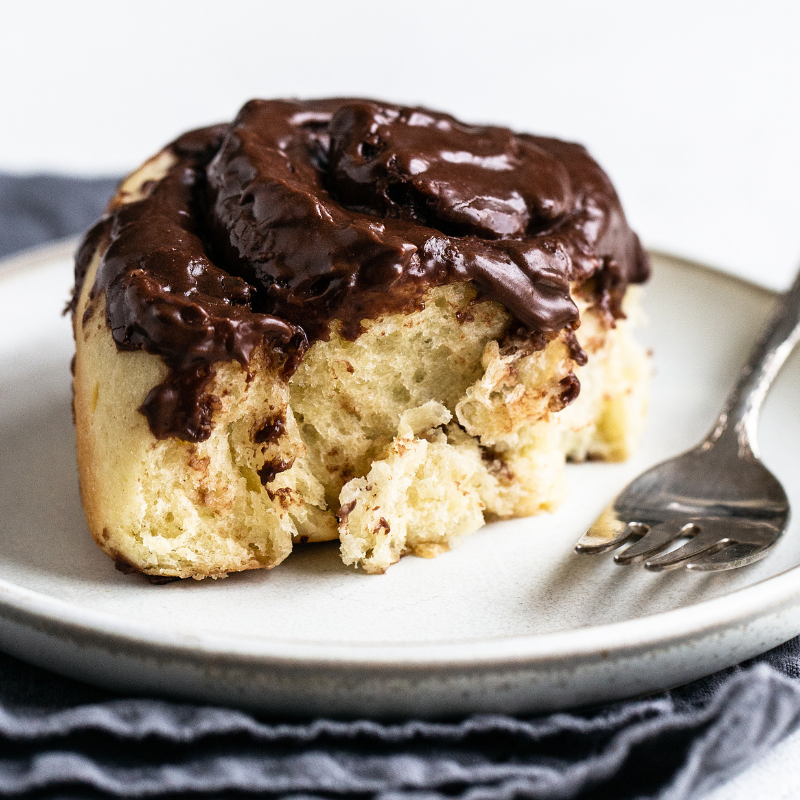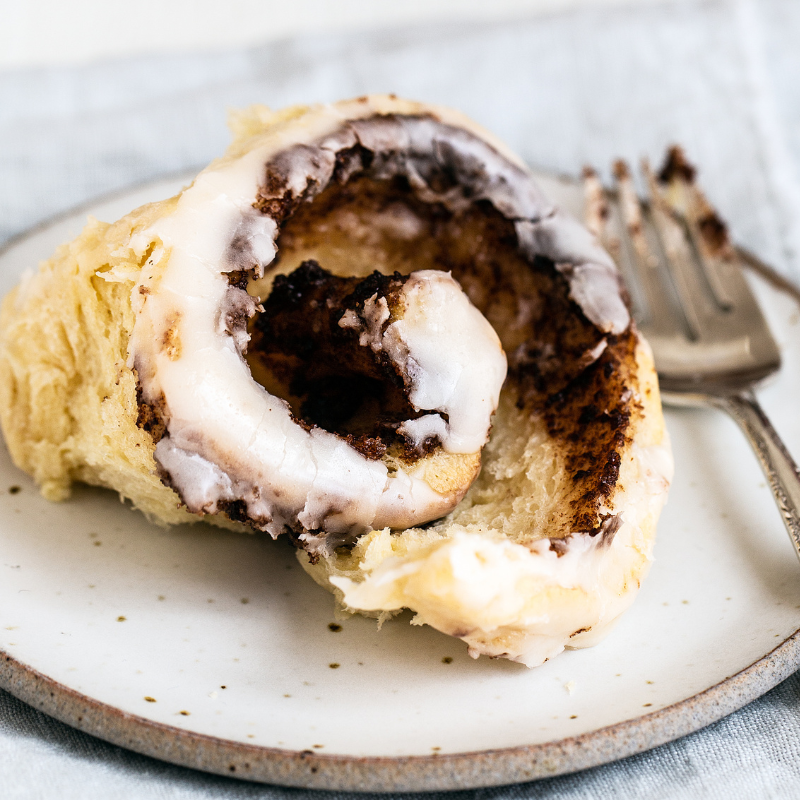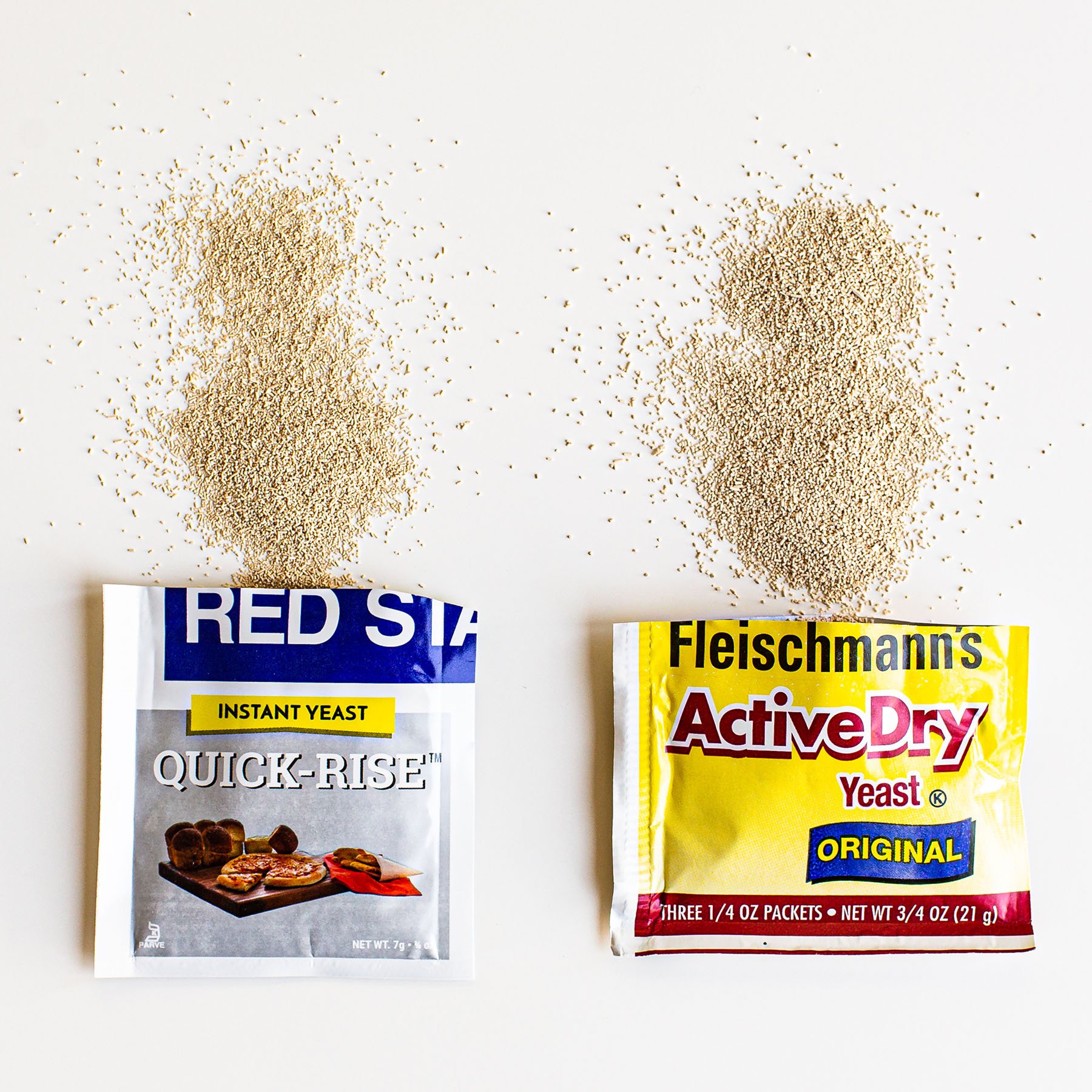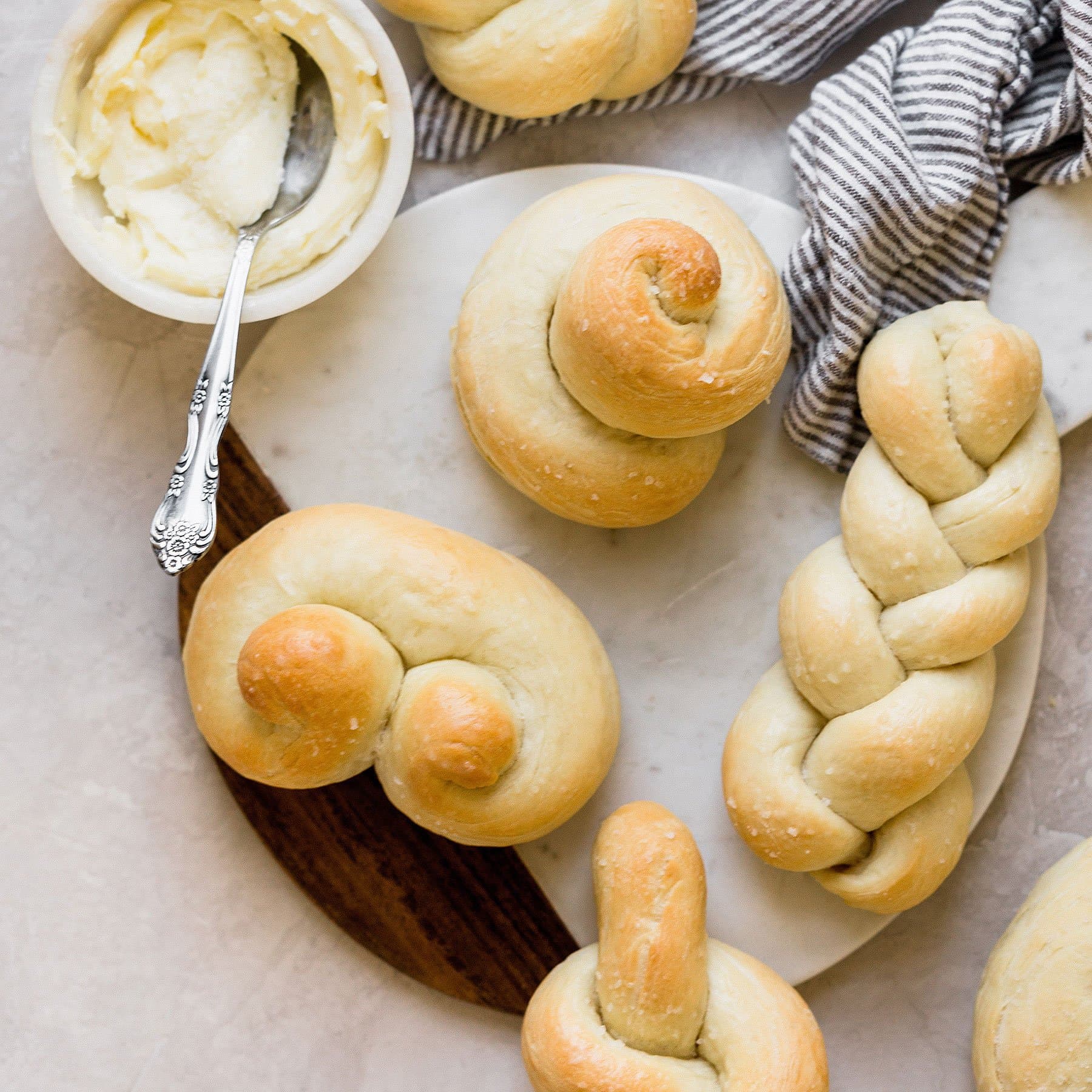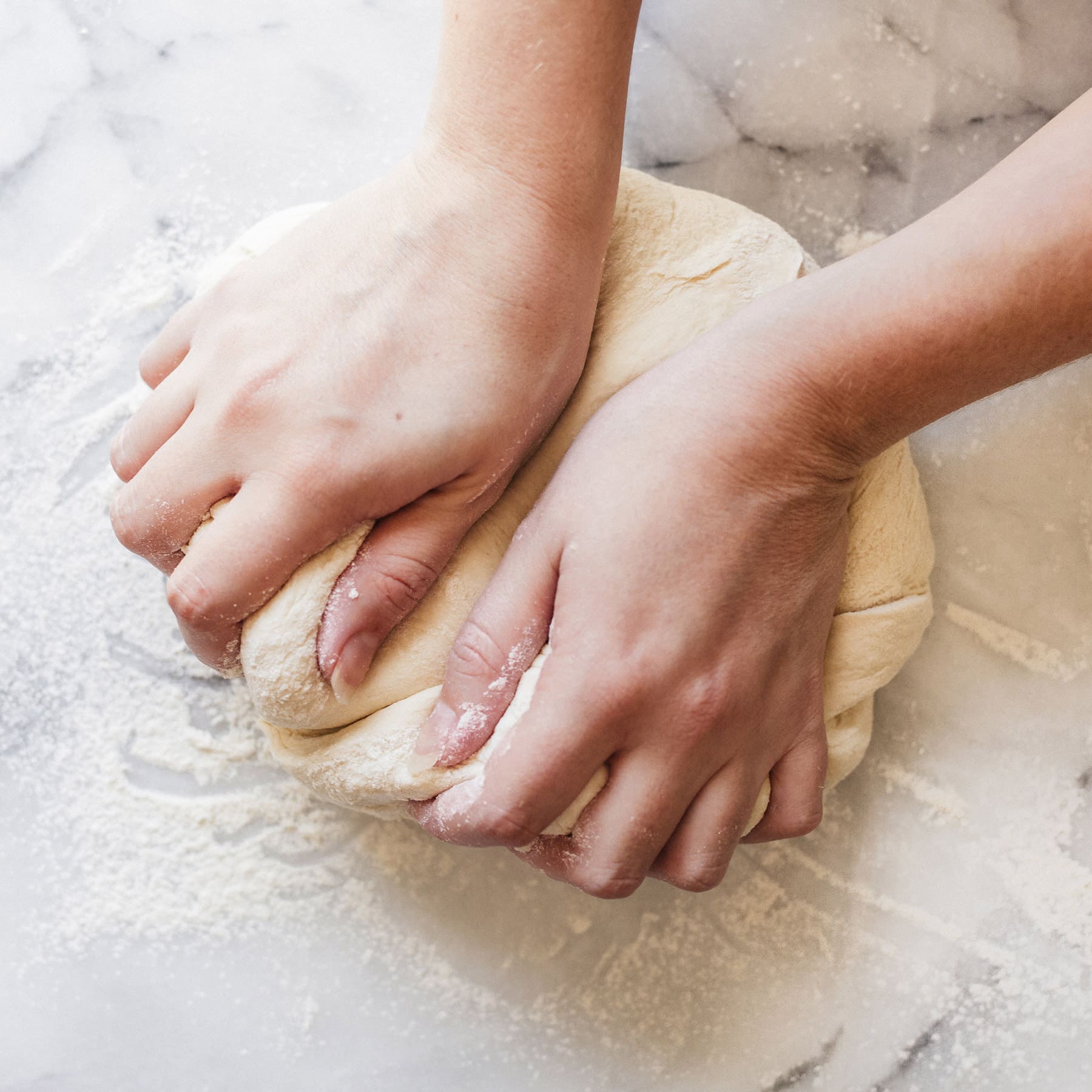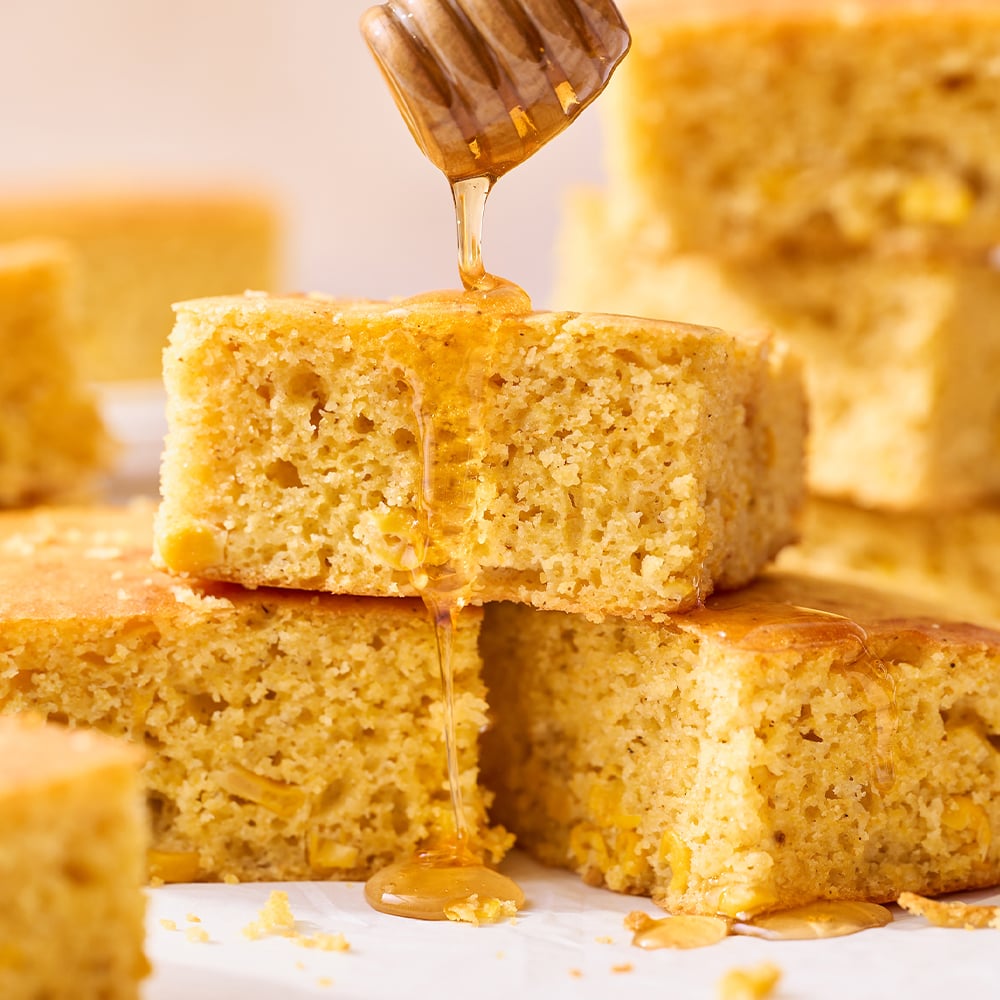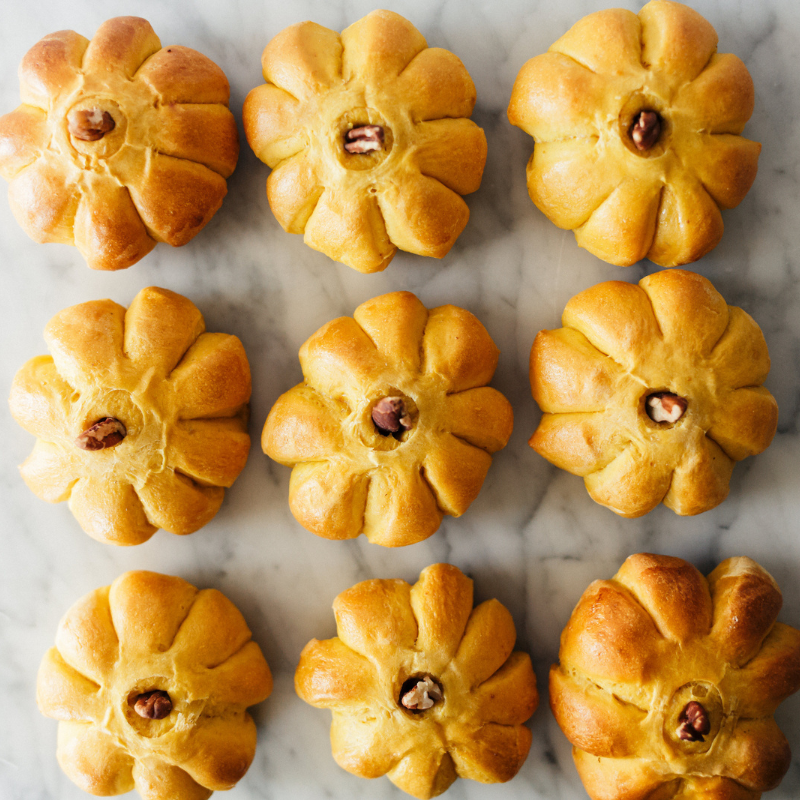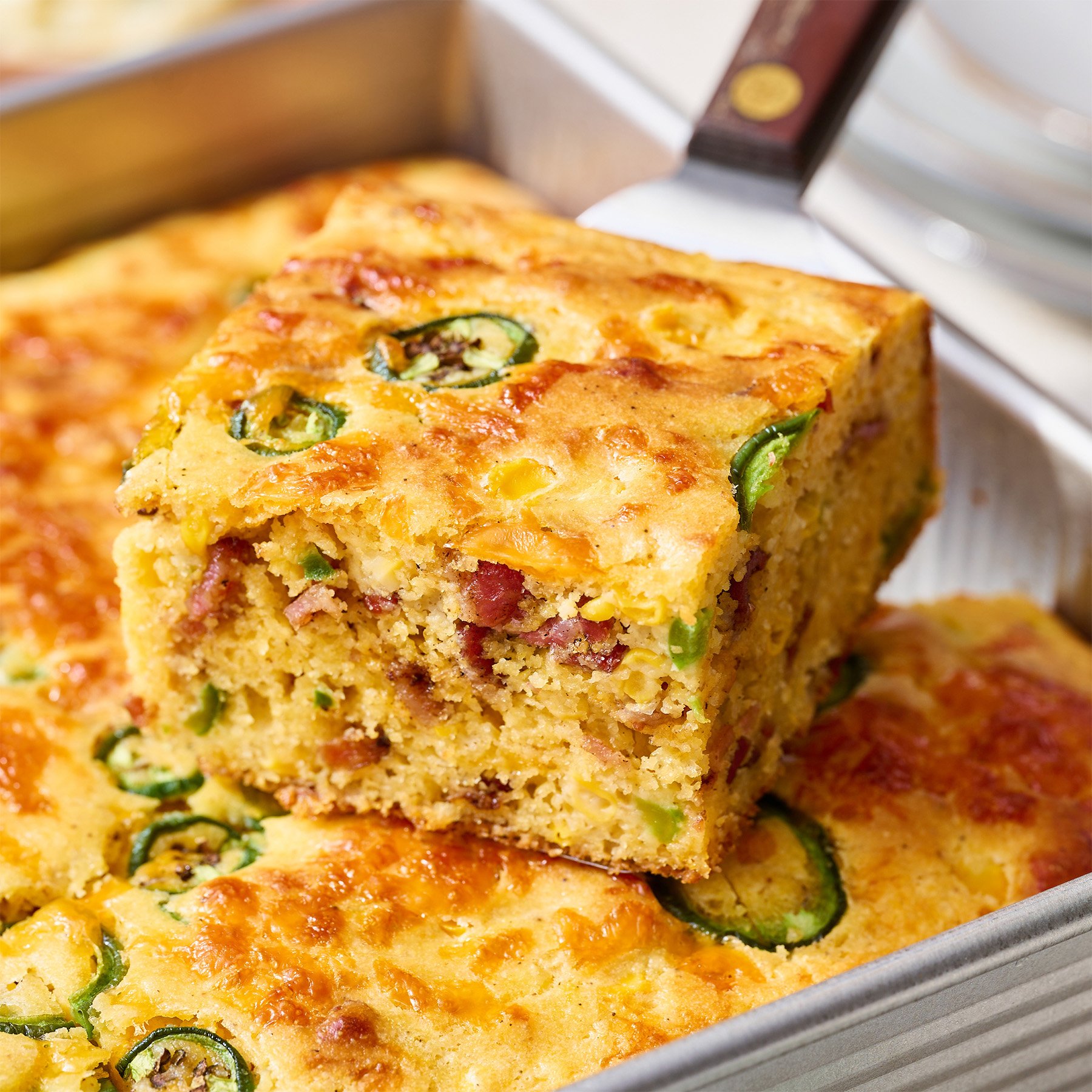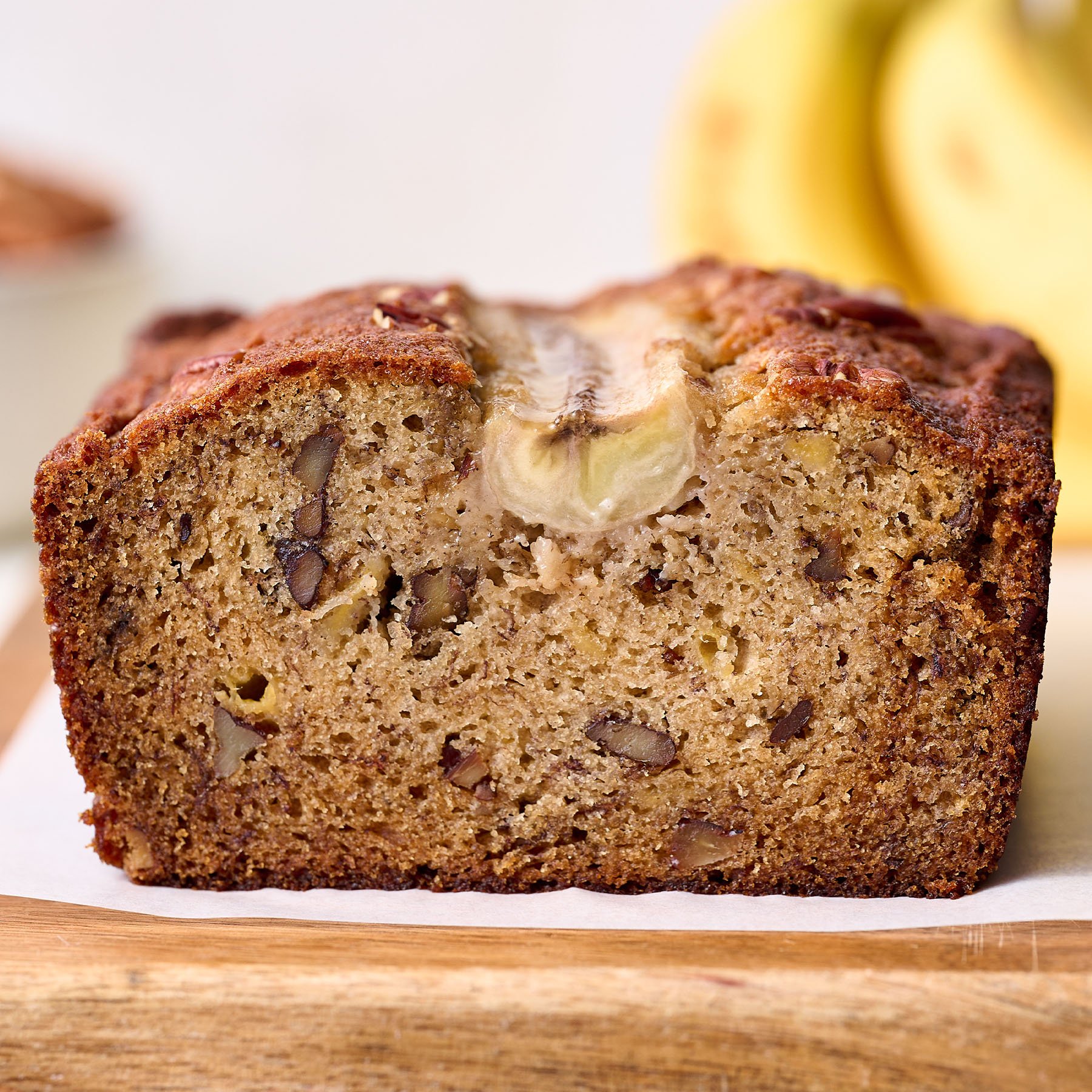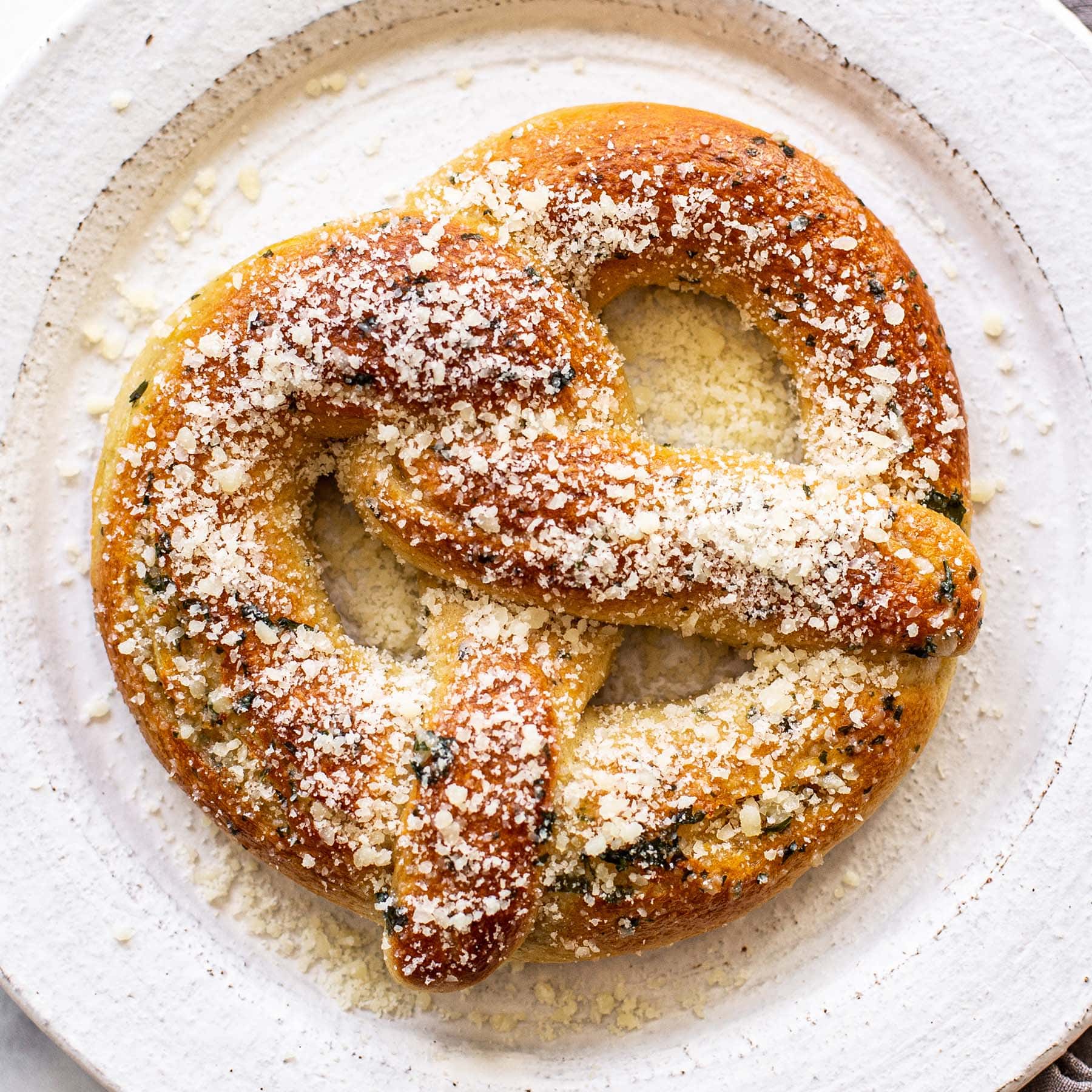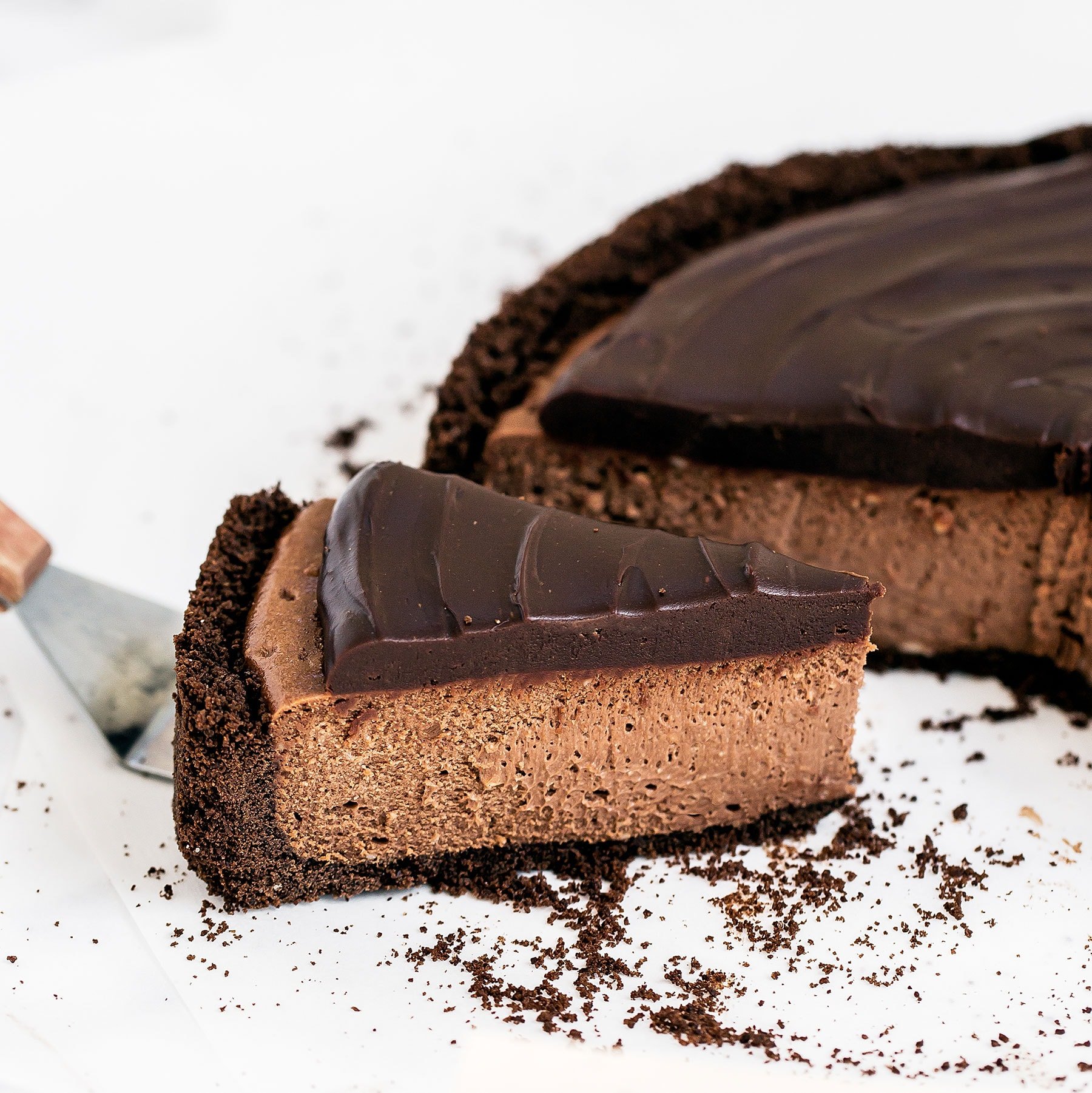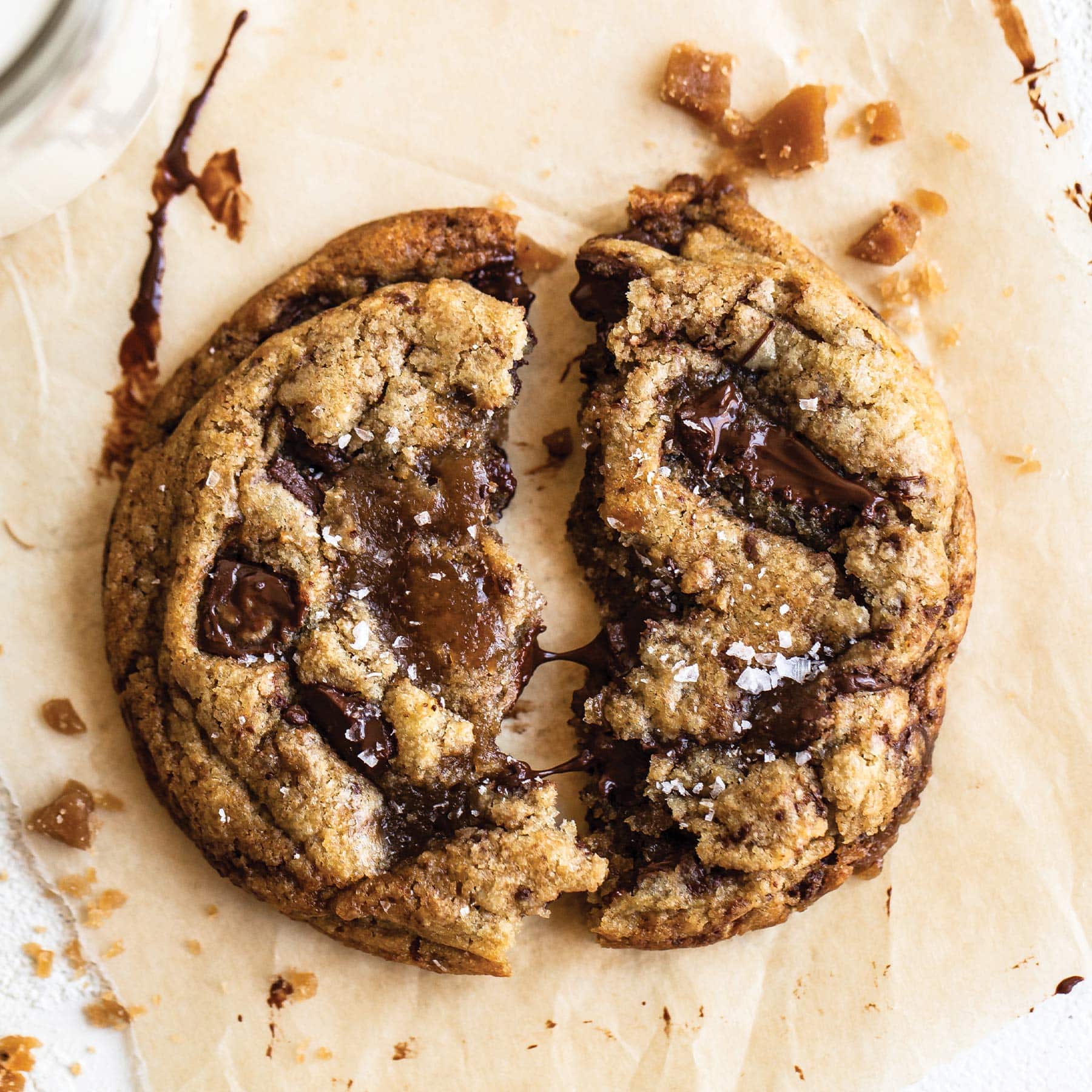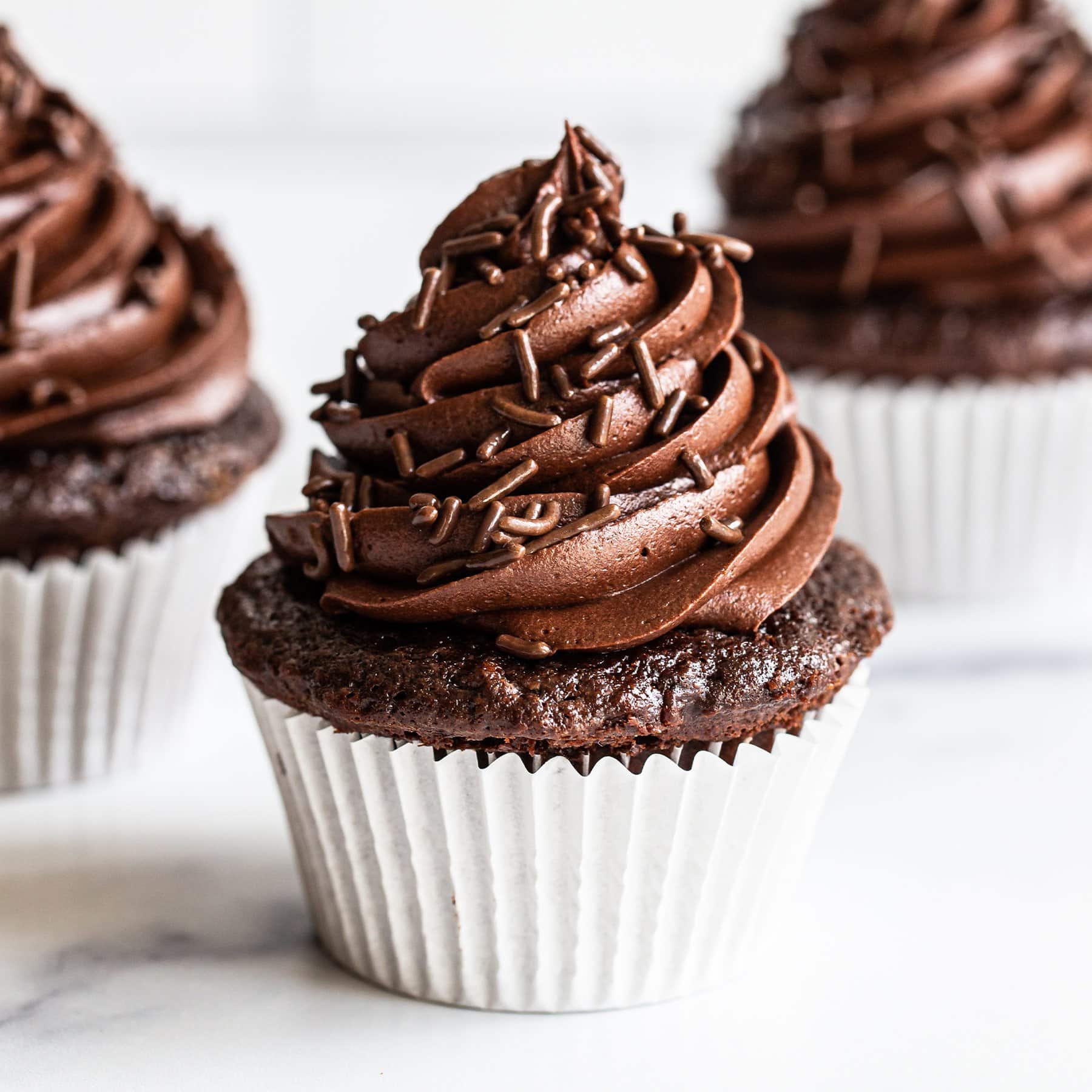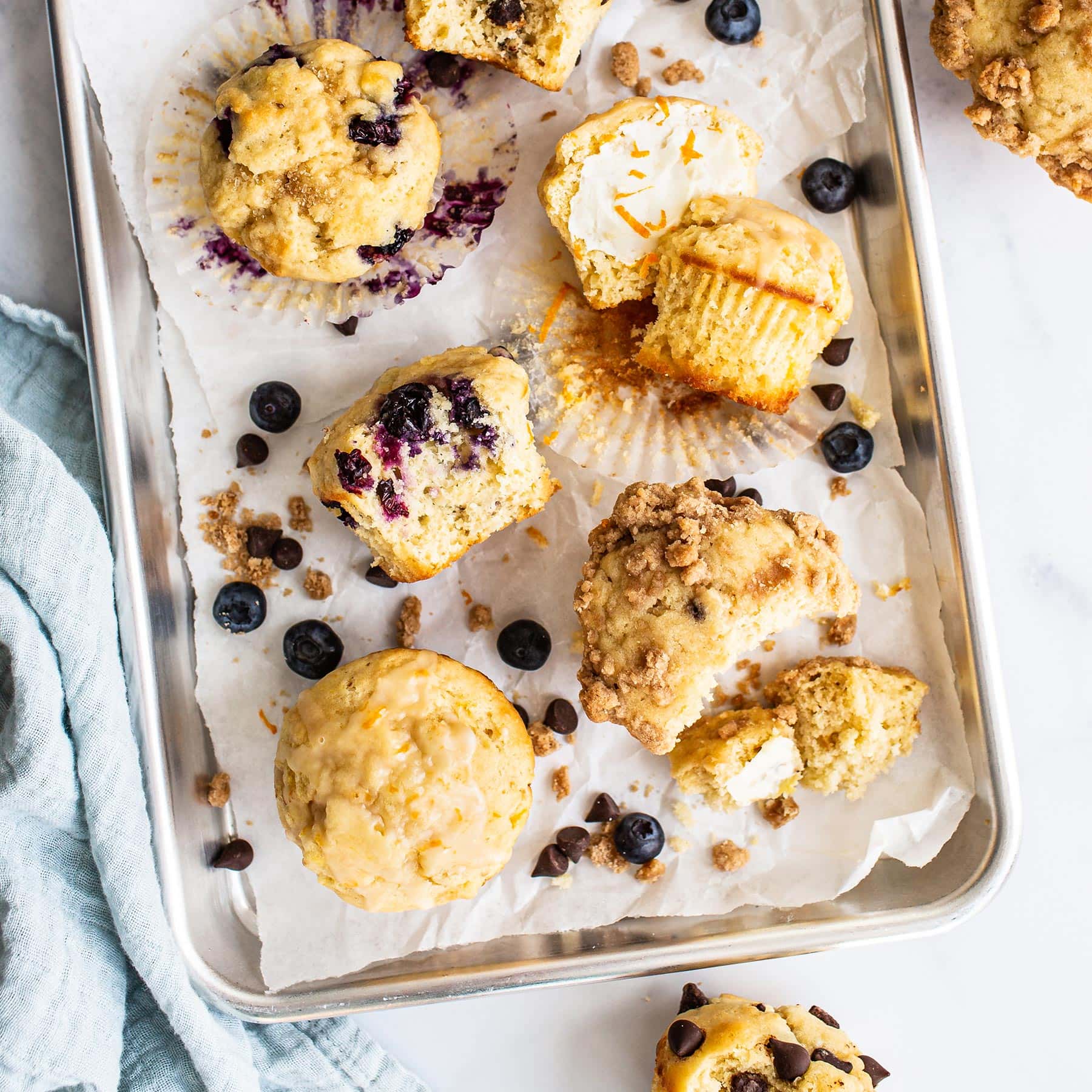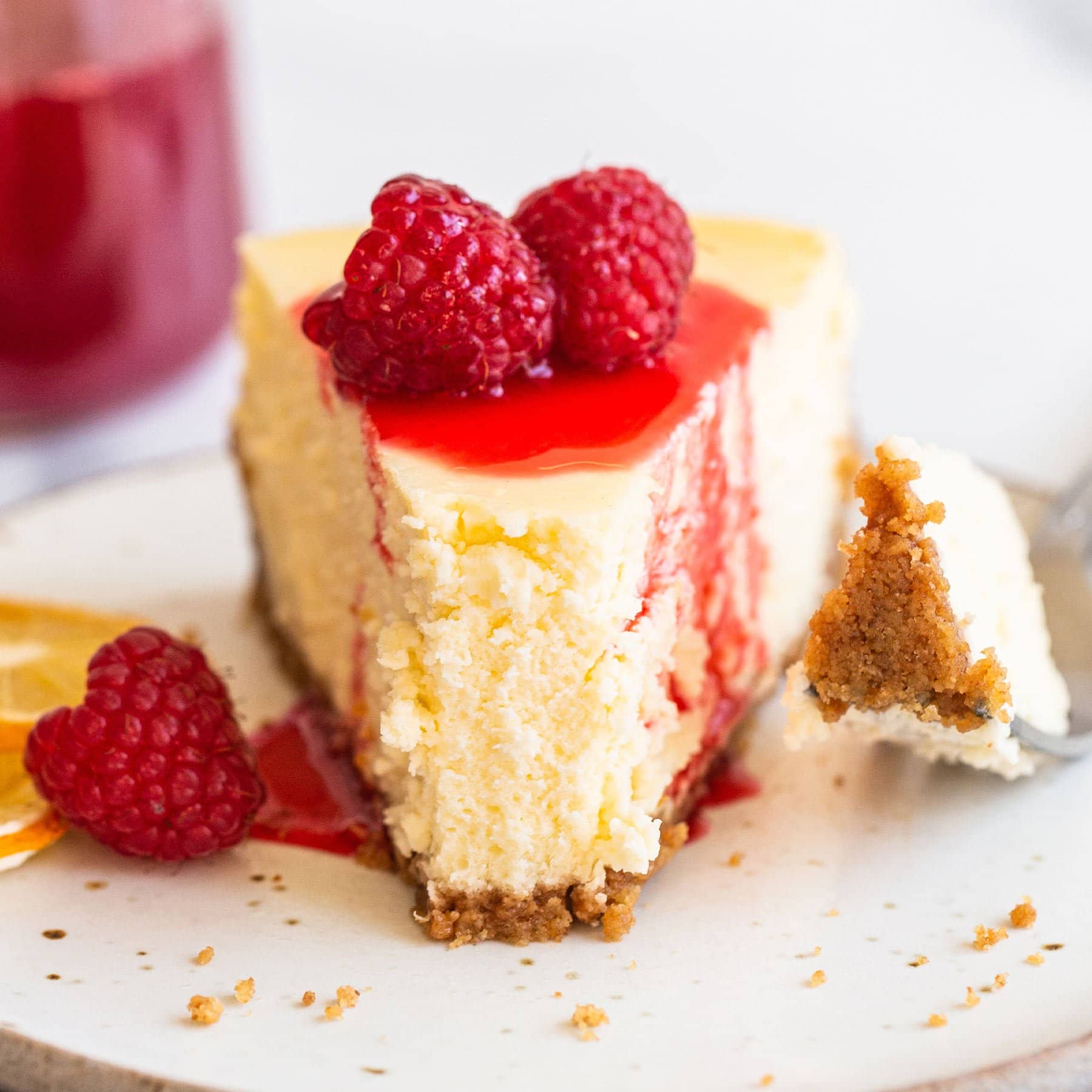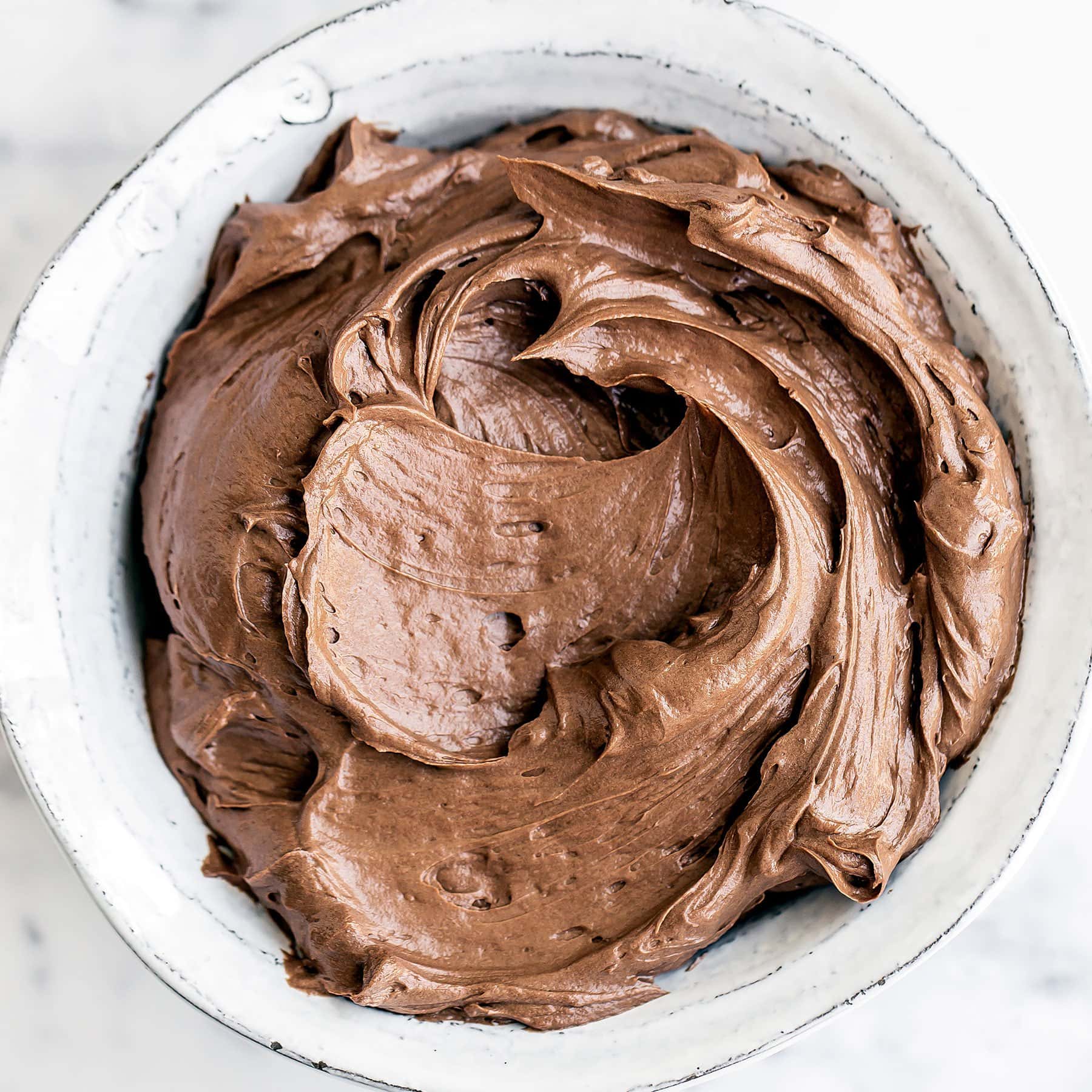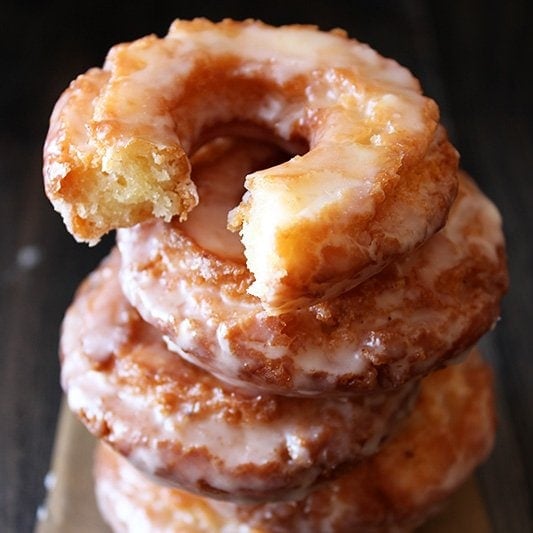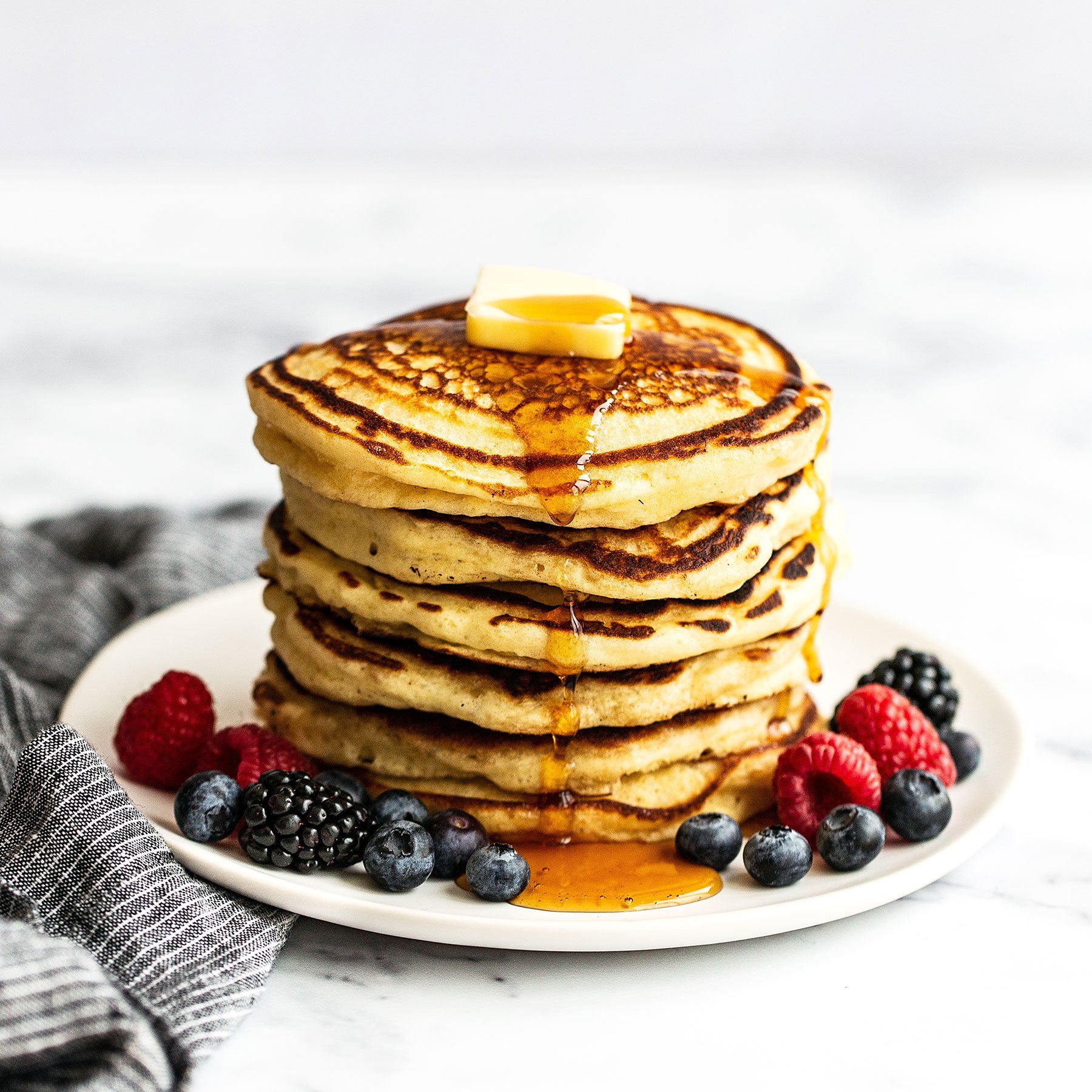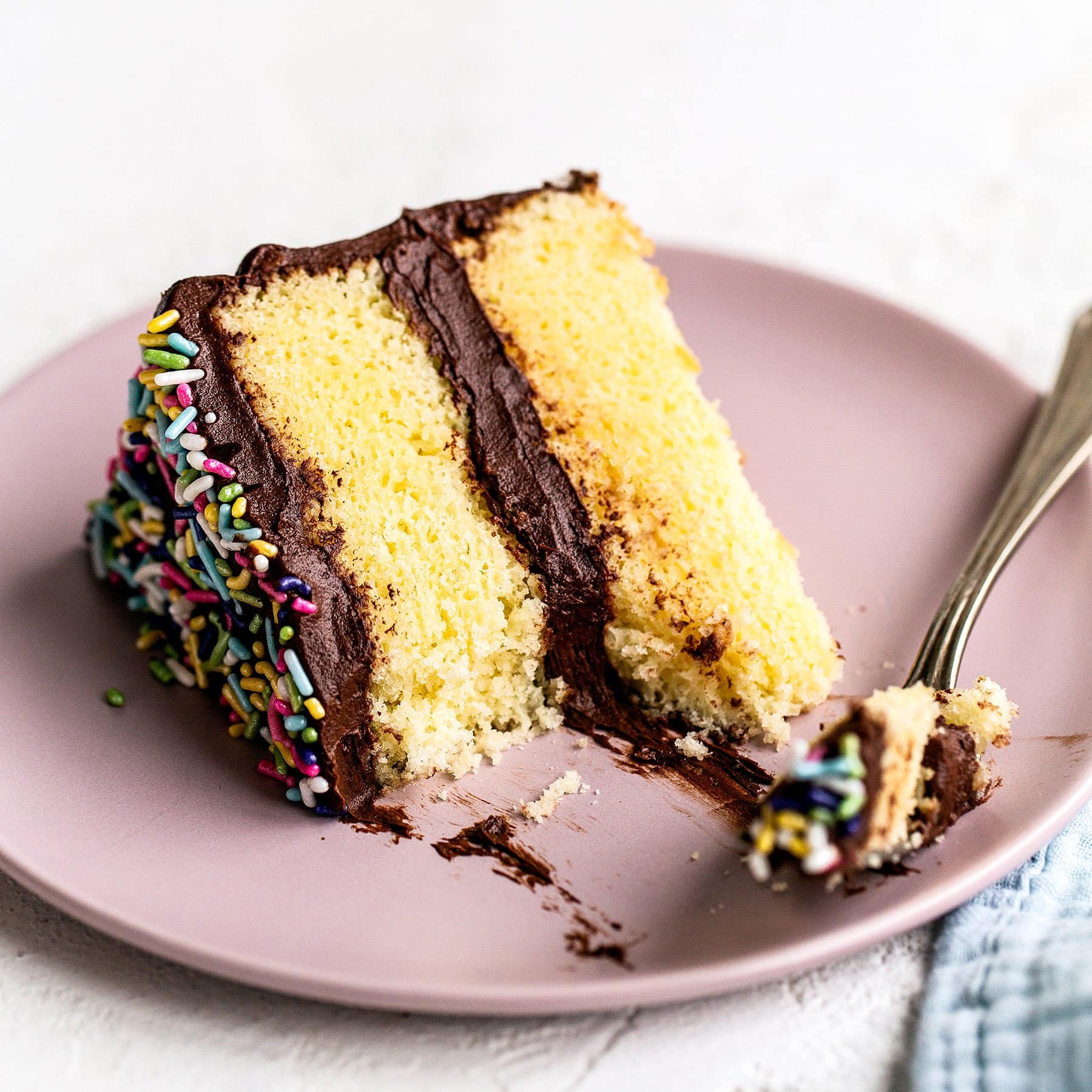Bread Recipes
All my very best Bread Recipes in one place! Whether you’re looking for Dinner Rolls the entire family will love, the best Focaccia Bread, or an easy Banana Bread Recipe that turns out perfect every time, you’re bound to find your new favorite bread recipe here.
Homemade Bread Recipes
Dinner Rolls
Hamburger Bun Recipes
Biscuit Recipes
Breakfast Breads & Rolls

How to Make Homemade Bread
Learn how to make perfect homemade bread every time with these helpful how-to and baking science articles.
Tessa’s Top Baking Tips
1
Active Dry Yeast and Instant Yeast can be used interchangeably
I like to use Instant Yeast (also called “rapid-rising” or “fast-acting”) because it can cut the dough rising time by as much as 50% and can be added straight in with the dry ingredients. No proofing is required.
Active dry yeast can actually be added directly in with the dry ingredients (like instant yeast) as long as the liquids are warm. However, proofing active dry yeast can be worth the extra step because it will work more quickly and effectively.
Whatever you do, just make sure your water isn’t TOO hot which can kill your yeast.
2
How to make soft and fluffy dinner rolls
The exact amount of flour you’ll need for dinner rolls will depend on your kitchen environment and even the brand of flour you’re using. Things like humidity and altitude can affect your dough. You may not need all the flour called for in a recipe. You may need a little more. Add it in gradually just until the dough comes together.
I’d always rather have a sticky dough than add too much extra flour and create dense, tough, or dry bread. As the dough rises the flour will continue to absorb extra moisture and it won’t be quite as sticky when you go to shape the rolls anyways!
3
The best loaf pan to use
For any loaves or homemade breads, I like to use a metal loaf pan. This pan heats up and cools down quickly.
If you’re using a glass or ceramic pan, you will likely have to reduce the oven temperature to 325°F and extend the baking time called for in the recipe by about 10 to 15 minutes.
Same for dinner rolls too – your rolls may not get as golden in a glass or ceramic pan.
Learn more about Glass vs. Metal Baking Pans here.
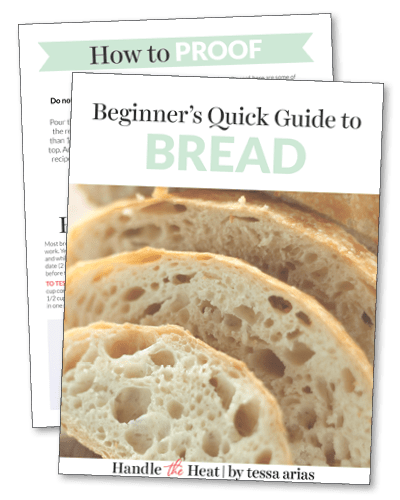
Beginner’s Quick Guide to Bread
This free cheatsheet contains a breakdown on each type of yeast, tips for making bread ahead of time, easy bread recipes, and more!
How to Make the BEST Breads
From how to shape bread rolls to how to make sourdough starter – these bread baking videos are a must-watch!
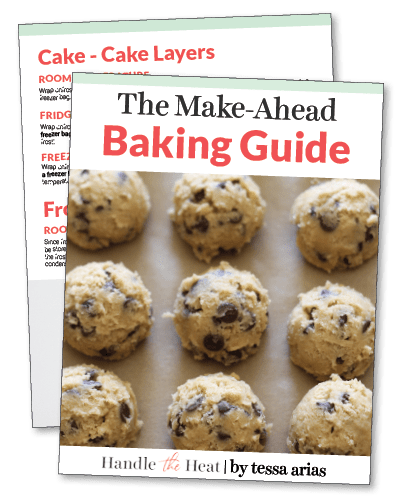
Get Our Make-Ahead Baking Guide!
Download our FREE Make-Ahead Baking Guide to learn how to prepare recipes ahead of time!
All Bread Recipes

Frequently Asked Questions
Can I knead bread dough by hand?
Yes! Be sure to knead dough properly to get bread and dinner rolls that hold their shape and bake up nice and fluffy. You can see my full tutorial on how to knead dough here.
How to make focaccia ahead of time:
You can make focaccia bread ahead of time by letting the dough hang out in the fridge, covered, for a few days before shaping. The longer it ferments, the more flavor will develop. Allow to come to room temperature before shaping and allowing to rise for the second time.
How to make dinner rolls ahead of time:
Basically all yeast dough can be made ahead of time and baked off later on! For most bread rolls, I like to make the dough all the way through to rising once and shaping the rolls. Once the rolls are shaped, cover them and refrigerate for up to 24 hours. Bring to room temperature as the oven preheats before baking as the recipe directs. If the rolls haven’t doubled in size yet, allow to sit at room temperature until they do.
Refrigerating basically stunts the rise time and can actually allow more flavor to develop!
Rolls are best served the day they’re baked. However, you can easily reheat the rolls briefly in the oven or toaster oven at 300°F until warmed through to refresh.
How to substitute Instant Yeast for Active Dry (or vice versa)
Active dry and instant yeasts can be substituted for one another at a 1:1 ratio. Active dry yeast will take about 15 to 20 minutes longer to rise than instant yeast. To encourage active dry yeast to start its activity without having to proof, just use very warm water in your dough mixture (120-130°F).
For any traditional dough making where you’re kneading by hand or with a machine and allowing the dough to rise, this 1:1 ratio will work.
When to not substitute yeast:
Active dry and instant yeast may not be interchangeable when using a bread machine since they use higher temperatures to raise dough. When baking in the bread machine and substituting instant yeast for active dry, reduce the amount of instant yeast by 25%.
You may also want to use the specific yeast called for in recipes with very long fermentation times (typically active dry in those cases).
How to shape bread rolls:
Once the dough is risen, press it down to deflate it slightly. Use a bench scraper to section the dough into 12 equal pieces. Don’t worry if they’re not perfectly equal in size. However, if you’re a perfectionist you can actually weigh the entire mass of dough, divide that number by 12, then portion each piece perfectly by weight.
As you’re shaping each piece into a round, make sure to pinch the dough into one central point to create a tight ball. This will help the rolls rise beautifully. Don’t flour your work surface when shaping the rolls because you want some resistance to roll them into taut balls.
Watch my video showing how to do this here!

